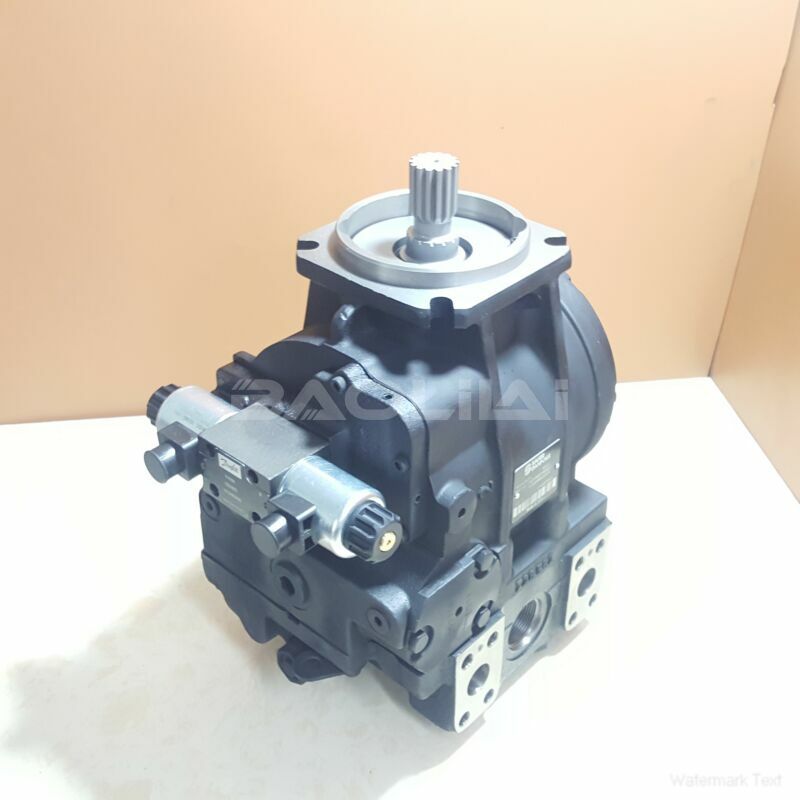90L130KA5CD80P3C8F03GBA424228 danfoss pump
90L130KA5CD80P3C8F03GBA424228 danfoss pump

- Product Details
- Applicable Scene
Maintaining hydraulic pumps in remote locations presents unique challenges due to limited access to resources, harsh environmental conditions, and the critical role these pumps play in various applications. To ensure their optimal performance and longevity, it is essential to implement a strategic maintenance plan tailored to remote circumstances. Here are some key strategies for effective maintenance of hydraulic pumps in off-grid areas.
90L130-KA-5-CD-80-P-3-C8-F-03-GBA-42-42-28
90L130KA5CD80P3C8F03GBA424228
First and foremost, regular inspection is crucial. Schedule periodic checks on the hydraulic pumps to identify any signs of wear, leaks, or damage. Since remote locations might limit the frequency of expert visits, train local personnel to conduct basic inspections using a standardized checklist. This checklist should include checking fluid levels, examining hoses for cracks or leaks, and monitoring for unusual noises or vibrations during operation.

83058802
Secondly, maintaining proper fluid levels and quality is vital for the performance of hydraulic pumps. In remote locations, ensure that you have a supply of high-quality hydraulic fluid appropriate for the specific pump in use. Establish a procedure for regular fluid checks and changes. It’s also beneficial to filter the fluid before adding it to the pump to prevent contamination, which can lead to premature wear.
Additionally, consider implementing a greasing schedule for any lubricated parts. Many hydraulic pumps rely on grease to maintain their components’ functionality and minimize friction. Create a maintenance routine that includes checking and adding grease at specified intervals, ensuring that all moving parts remain well-lubricated.
Another critical aspect of maintenance is training and empowering the local workforce. Equip them with the necessary skills and knowledge to handle basic maintenance tasks and minor repairs. Providing comprehensive training programs can foster a sense of ownership and responsibility among the team, ensuring they are proactive in monitoring pump conditions and addressing issues swiftly.





